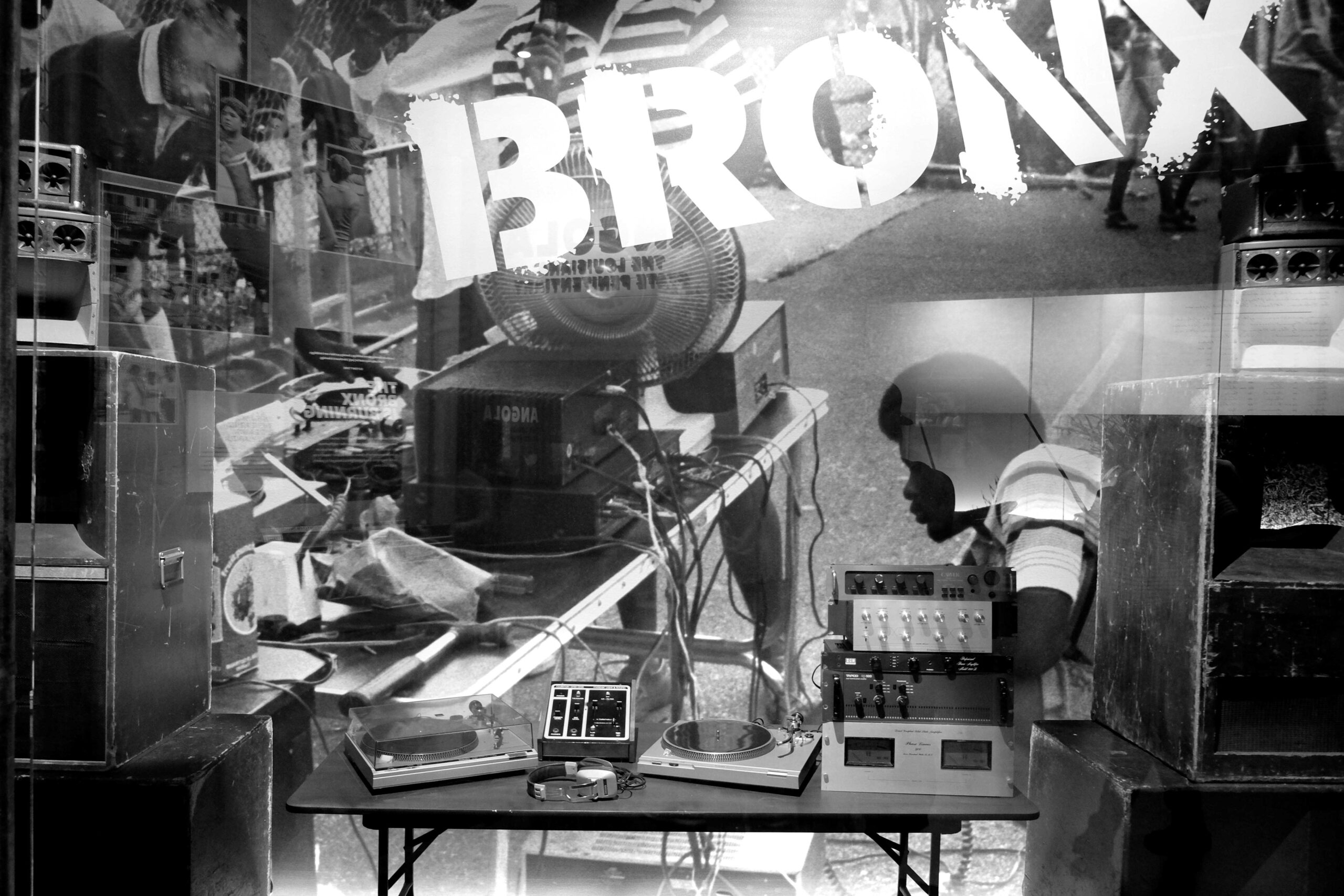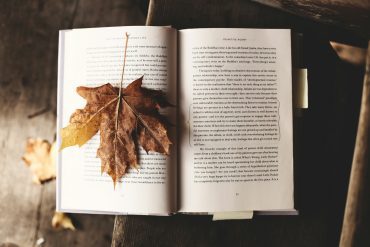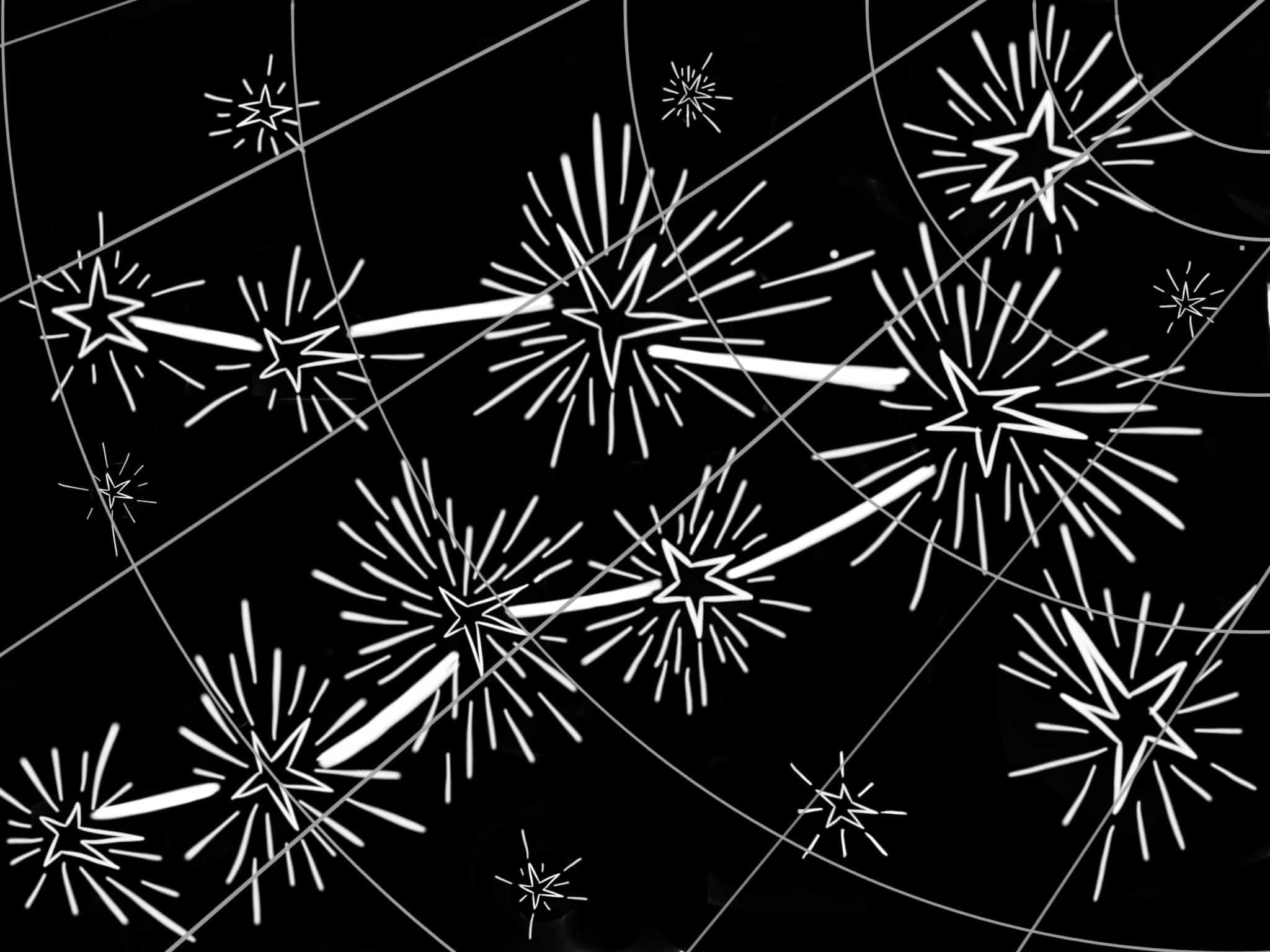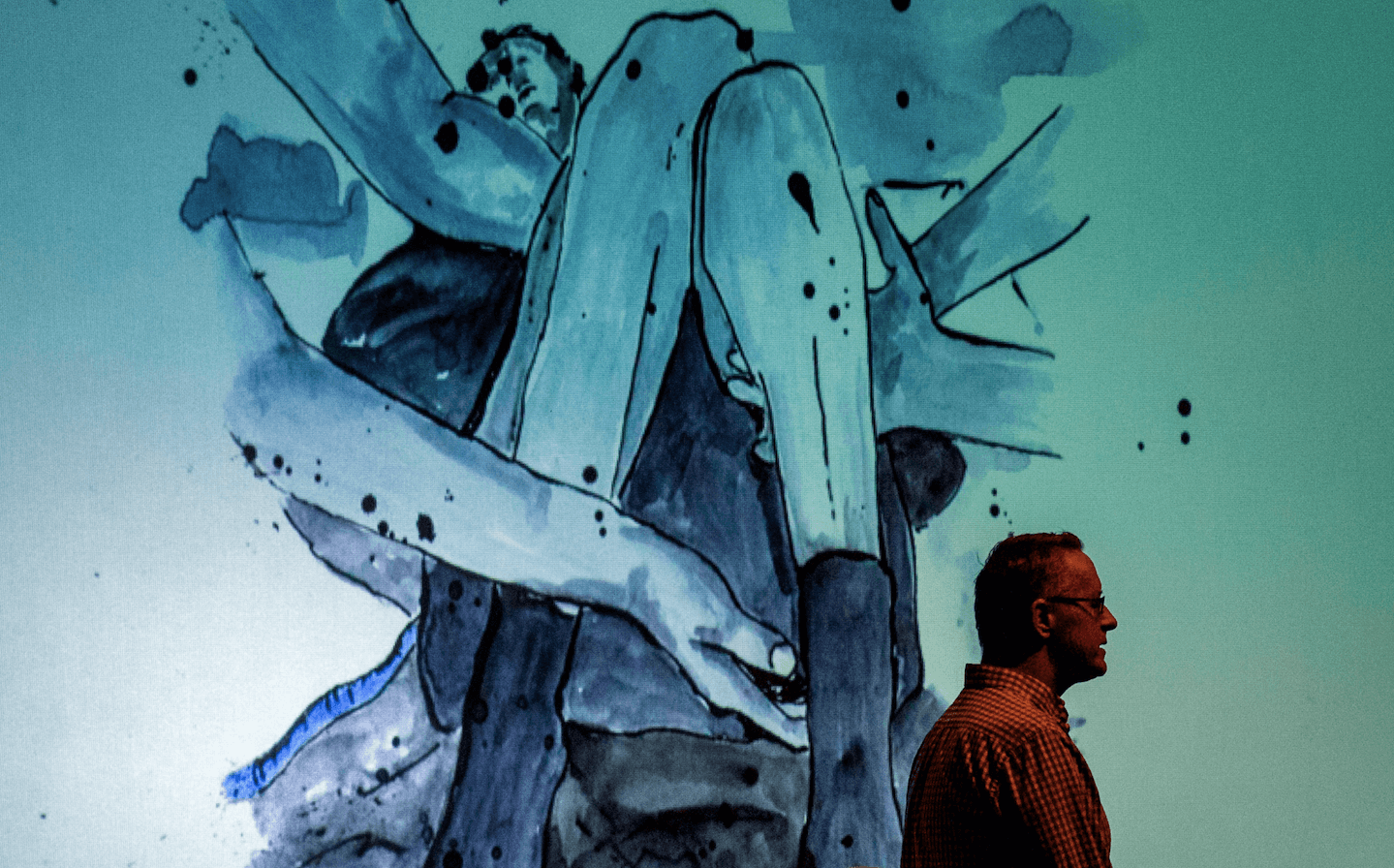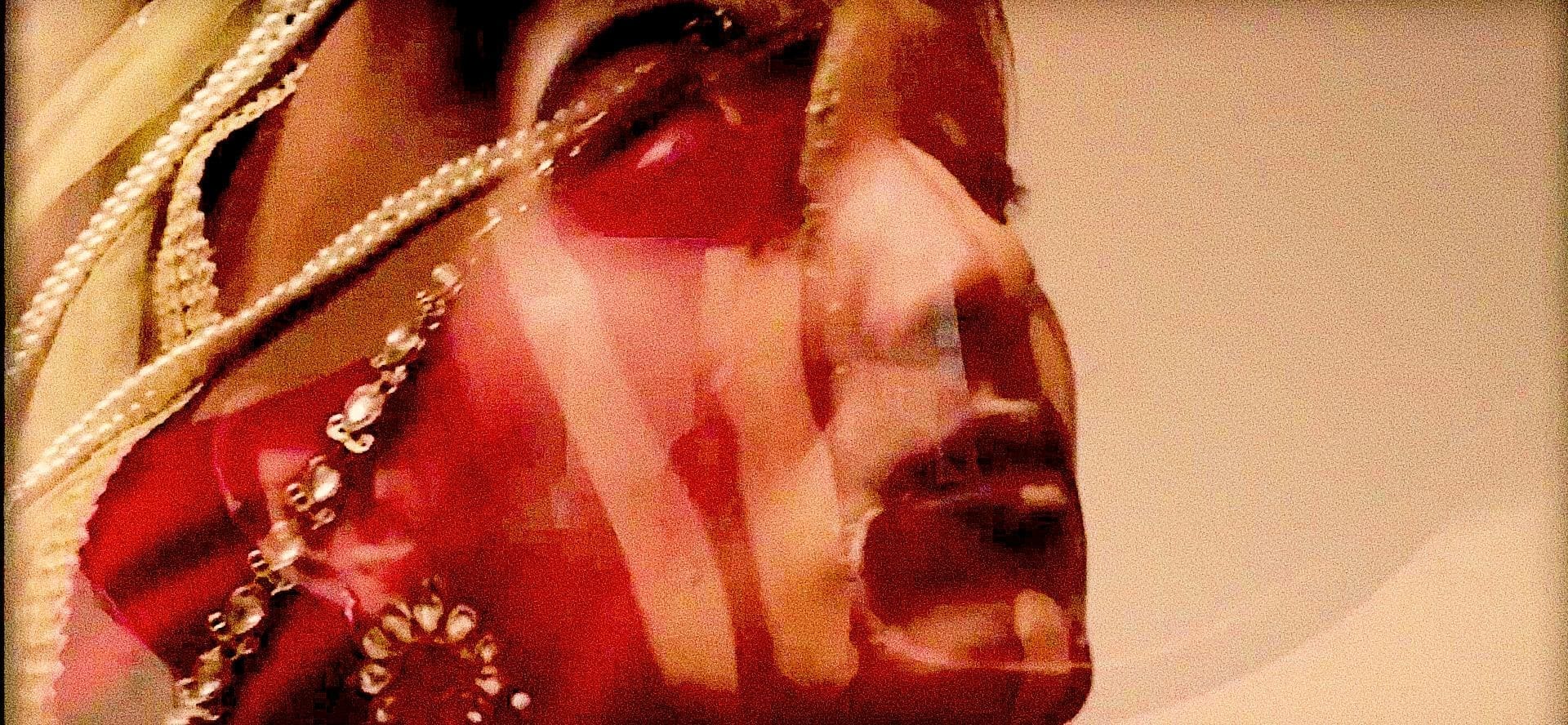At the core of this exploration is my experience of fragmentation and loss that arises from the inability to be, see, know, or coherently articulate parts of my bodily process as I engage in a deeply relational, collaborative process of writing about collective bodies and dynamic, messy, entangled identities in my research process.
ARTIST’S MEMO
“On Being and Knowing a body” is a multimedia/movement rendition of the methodological struggles in Autoethnographic explorations of bodily experiences or materiality. An overarching thread that runs through the film is the question of “Can we ever see or know ourselves or another fully?”. Created as a part of my reflections about the struggle of “being” and “knowing” in my ongoing Doctoral research project, a Collective Biography of “Bodies Materialised in Power and Patriarchy”, this Autoethnographic, Creative-Relational exploration delves into assumptions of “being” and “knowing”, not only in relation to myself in my research, but also in relation to the political, discursive and privileged notions of how we think/write/know about bodies in research contexts.
At the core of this exploration is my experience of fragmentation and loss that arises from the inability to be, see, know, or coherently articulate parts of my bodily process as I engage in a deeply relational, collaborative process of writing about collective bodies and dynamic, messy, entangled identities in my research process. I follow these layers of fragmentation and loss from thinking about the ‘Auto’ or the “I” of Autoethnographic research, and its presumption of our capacity to know ourselves, to a diffractive disruption of “writing” and “data” and the richness that is produced through the use of a different medium of exploration.
I share this artistic piece as an invitation to problematise and think further about not only the Autoethnographic “I/We” in what I/we can know about ourselves and our bodies but also to make space for the incoherence that becomes a part of “being” and “knowing” in explorations of fragmentation and loss.
The medium of film and movement here allows me to capture the non-verbal, evocative, intersubjective bodily “being-ness” that cannot be fully articulated or be explicitly spoken of or written and acts as a two-fold representation that allows me to, at once, engage with both my personal process and the critical/methodological troubling. Consequently, the frame of the camera and the film itself becomes symbolic of the limitations of the gaze with which I can look at my own body and the gaze of the other who will hope to “see” through the film. Acting as a mirror to the patriarchal contexts that my project hopes to delve into, the snippets or excerpts of video footage used in this film symbolise the multiplicity and the messy-ness of Indian Womanhood as represented through the depiction of how my gender is embodied and performed through my body in the different clothes I wear, in the different ways I move and the multiple layers that at once reduce visibility and re-emphasise the struggle of knowing what is seen. The fragmentation and loss both come alive in the incoherence and distortion in the parts of the body are that are “seen” or what parts of the body I can expose to myself or the viewer in any given moment and portrays the intangibility of the body in trying to explore and “write” about my experiences.
I share this artistic piece as an invitation to problematise and think further about not only the Autoethnographic “I/We” in what I/we can know about ourselves and our bodies but also to make space for the incoherence that becomes a part of “being” and “knowing” in explorations of fragmentation and loss.
References and Credits
- Yogi, S. (2016). Tibetan singing bowls – third eye. Available at: https://soundcloud.com/sonic-yogi/third-eye-remix
- SCP ILLUSTRATED. (2017). Dementia video: weird, distorted sounds. Available at: https://www.youtube.com/watch?v=eA7sR3AL9GI&t=258s
Videography and Production assistance – Karen Watts and Himadri Madan


